- About us
- Support the Gallery
- Venue hire
- Publications
- Research library
- Organisation chart
- Employment
- Contact us
- Make a booking
- Onsite programs
- Online programs
- School visit information
- Learning resources
- Little Darlings
- Professional learning
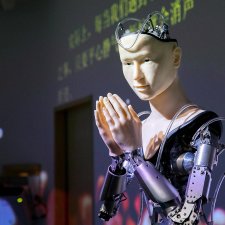
Gillian Raymond investigates the history of humanoid robots and asks, is this the future of portraiture?
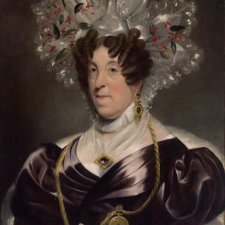
Joanna Gilmour describes how colonial portraitists found the perfect market among social status seeking Sydneysiders.
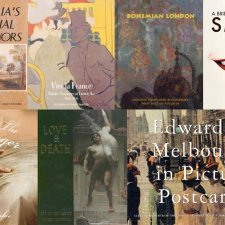
The first index I created was for my first book, and, to my astonishment, that was almost twenty-five years ago.
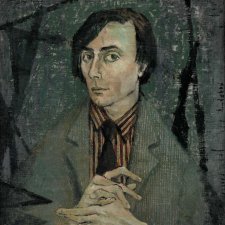
In their own words lead researcher Louise Maher on the novel project that lets the Gallery’s portraits speak for themselves.
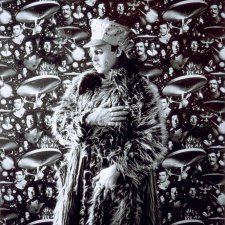
Dr Sarah Engledow writes about the larger-than-life Australian performance artist, Leigh Bowery.
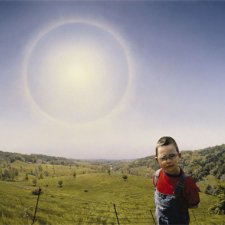
Australia's former Cultural Attache to the USA, Ron Ramsey, describes the mood at the opening week of the revitalised American National Portrait Gallery.
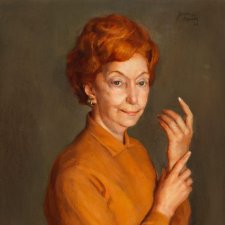
The name of Florence Broadhurst, one of Australia’s most significant wallpaper and textile designers, is now firmly cemented in the canon of Australian art and design.
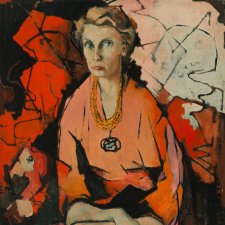
Diana Warnes explores the lives of Hal and Katherine 'Kate' Hattam through their portraits painted by Fred Williams and Clifton Pugh.
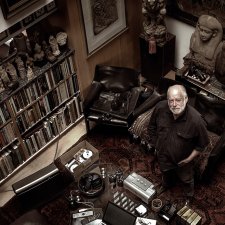
Michael Desmond, National Photographic Portrait Prize judge and curator, introduces the 2007 Prize.
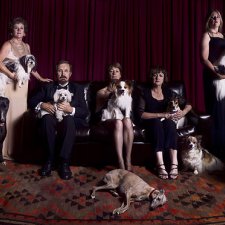
Michael Desmond profiles a handful of the entrants in first National Photographic Portrait Prize and notes emerging themes and categories.
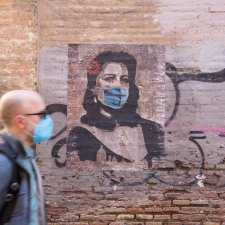
Corinna Cullen on the symbolic power of pandemic-related imagery over the ages.
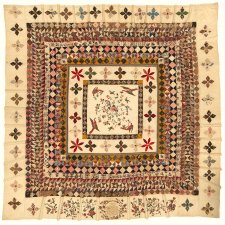
The Rajah Quilt’s narrative promptings are as intriguing as the textile is intricate.
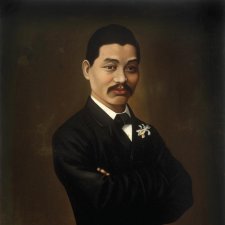
Joanna Gilmour explores the life of Chinese-Australian businessman and philanthropist Quong Tart.
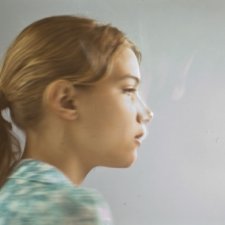
Michael Desmond introduces some of the ideas behind the exhibition Present Tense: An imagined grammar of portraiture in the digital age.
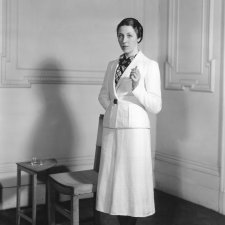
Aviation carried women’s roles in society to greater heights – fashion followed suit.
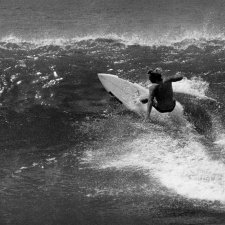
Penelope Grist charts an immersive path through Stuart Spence’s photography.